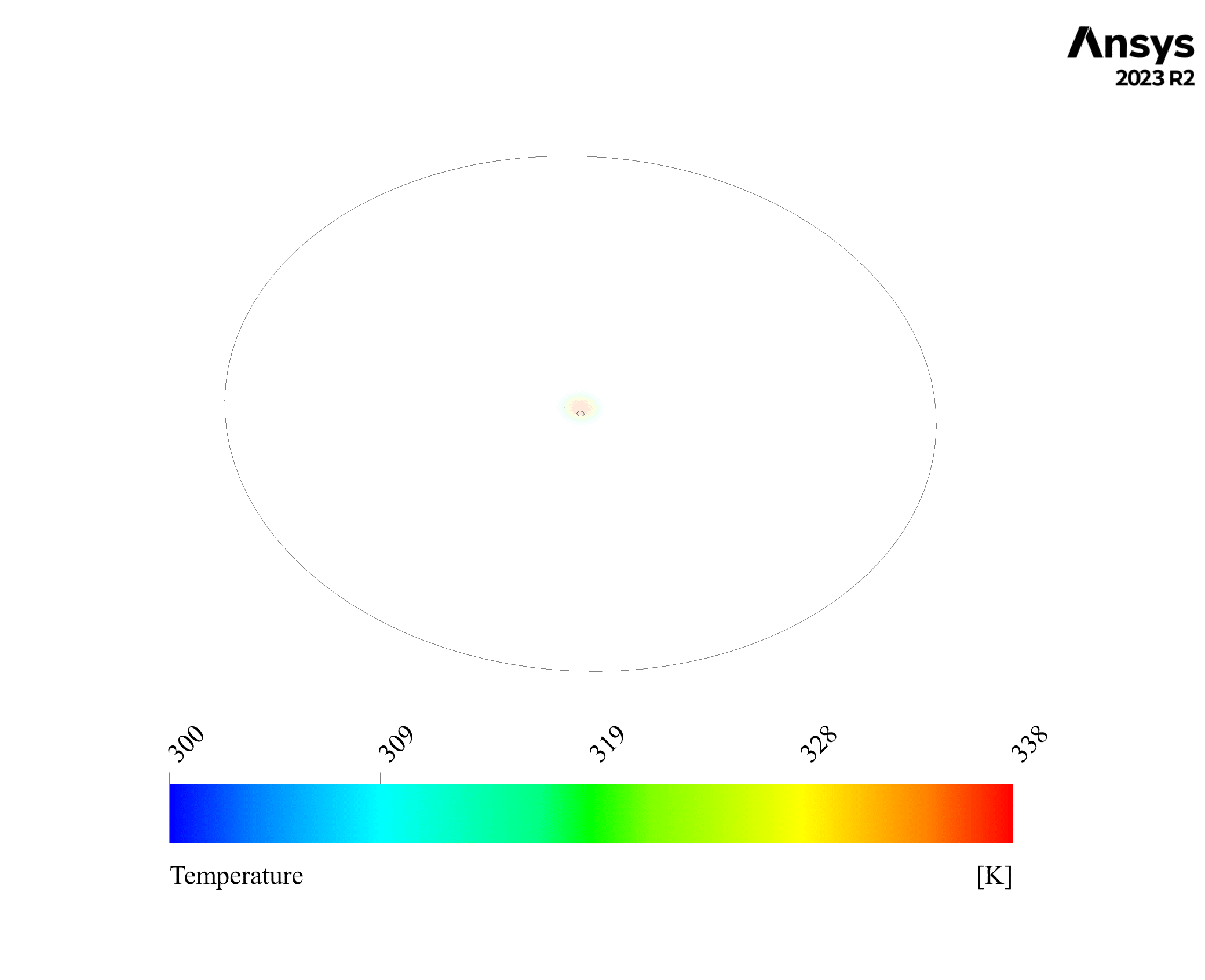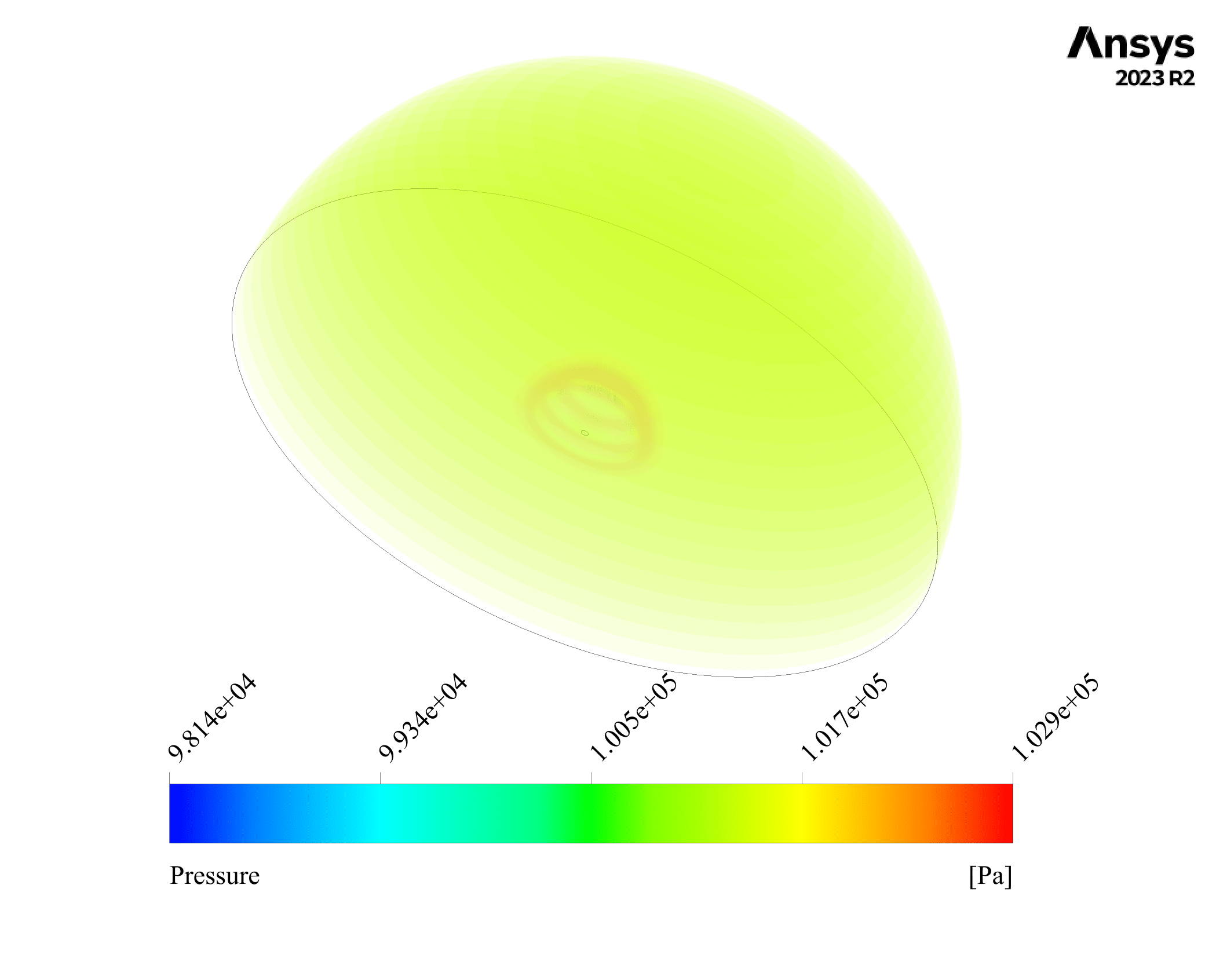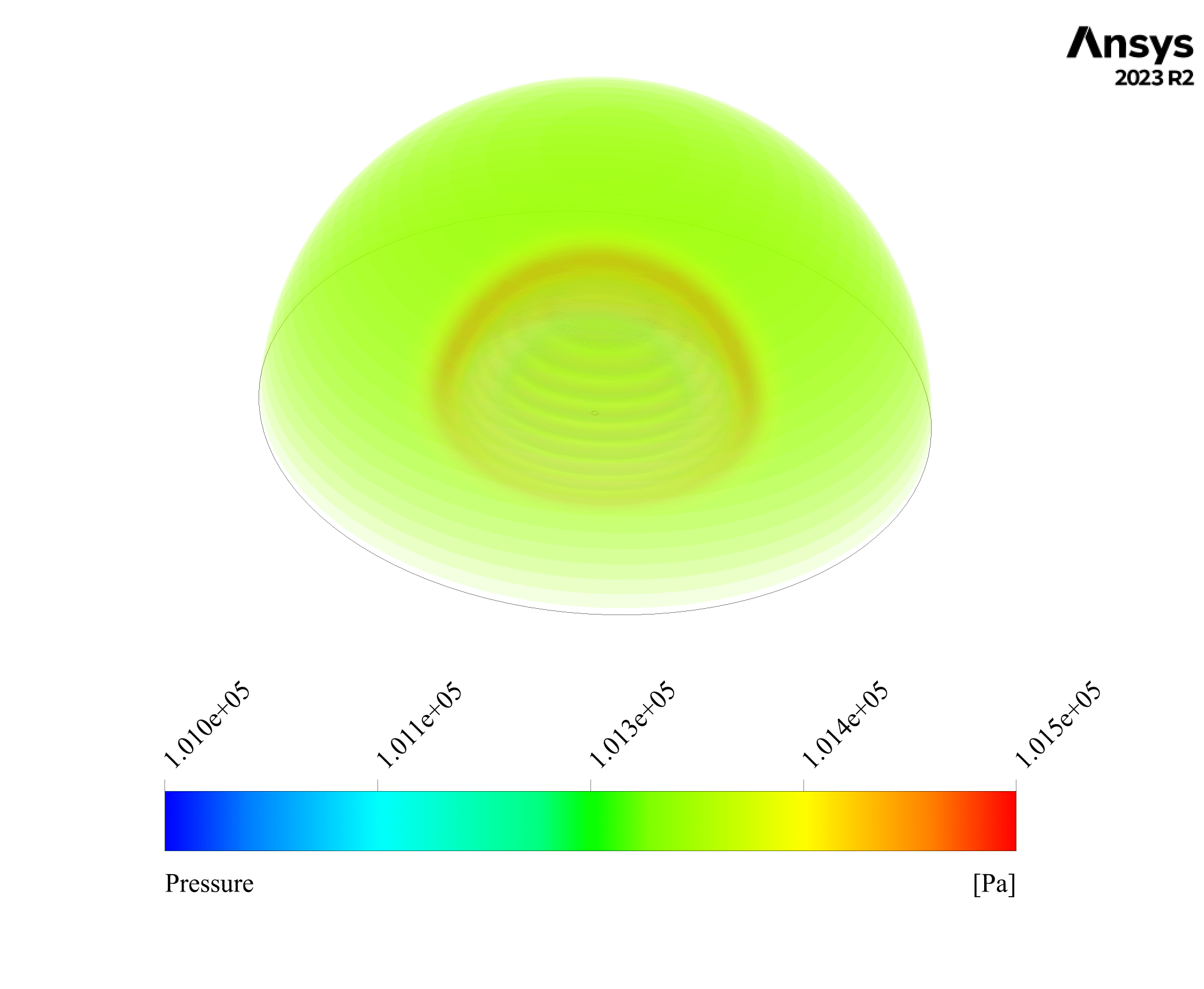Explosion CFD Simulation, ANSYS Fluent
$100.00 $50.00 Student Discount
- In this project, the explosion of TNT, with all its complexities, was modeled using ANSYS Fluent.
- Explosion starts with a fast decomposition reaction that increase the temperature and pressure suddenly that follow by a series of pressure waves.
- The geometry was created in SpaceClaim, and a mesh consisting of 2,673,750. elements was generated using ANSYS Meshing.
- The animation of pressure in domain presented and compression wave speed is calculated.
To Order Your Project or benefit from a CFD consultation, contact our experts via email (info@mr-cfd.com), online support tab, or WhatsApp at +44 7443 197273.
There are some Free Products to check our service quality.
If you want the training video in another language instead of English, ask it via info@mr-cfd.com after you buy the product.
Description
Description
Simulation of explosions is crucial in various fields such as engineering, military applications, and safety planning. In reality, multiple phenomena are involved in an explosion event. First, the explosion begins with a very fast exothermic reaction that produces large amounts of gaseous products with high sensible enthalpy. This sudden reaction causes the gas molecules and enthalpy to jump to higher values in the reaction area, leading to a sudden rise in pressure. Consequently, compression waves start to travel, followed by a series of expansion waves and compression waves.
In this simulation, we model the explosion of TNT. The overall fast reaction of this material is presented below:
In this reaction, 2 moles of TNT produce 22 moles of gaseous products. After this fast reaction, a series of oxidation reactions can occur, but these reactions are very slow compared to the TNT decomposition reaction and are not within the scope of this simulation.
In the initial condition, a half-sphere with a radius of 5 cm at the center of the domain is defined as TNT, and the computational domain is a half-sphere with a radius of 5 meters.
The geometry is designed in SpaceClaim® and meshed using ANSYS Meshing®. The mesh type is structured, with the element count being 2,673,750.
Methodology
We aim to observe the moving pressure waves, so this simulation is transient. In this simulation, the k-ε Realizable model was chosen to model the turbulence of the flow. The energy equation is also activated.
In the material tab, the species involved in the reaction are defined with their respective properties. Then, in Model >> Species tab, a mixture is defined using these species, and volume reaction is activated. The reaction is then defined. For turbulence-chemistry interaction, we used the finite rate model. For the chemistry solver, we used the direct source method.
Additionally, to capture the wave travel in the domain, we define the density model of the mixture material as an ideal gas.
Results
Contours of temperature and pressure are presented at different times. Also, an animation of the pressure contour is presented, which clearly shows the traveling of the compression wave.
Immediately after the explosion, the pressure reaches 1.6 atm, and the temperature reaches a value near 1000 K. As the compression wave travels in a spherical plane toward the free space, the maximum pressure reduces over time and dissipates.
The average compression wave speed in this simulation is 420 m/s.













Reviews
There are no reviews yet.